
The only way to grow an ecommerce business is to earn consumer trust and nurture leads into loyal customers. Here’s how niche brands are doing it right.
Running a successful ecommerce business hugely relies on brand reputation. A credible, trustworthy image can go a long way in engaging and converting customers. And when it’s combined with stellar customer experiences, it also leads to loyalty.
But the simple fact is that the ecommerce landscape is changing in 2025. Forbes discovered that two-thirds of consumers have decided to cut back on spending due to upcoming tariffs. And McKinsey found that one-third of shoppers have traded down this year.
In other words, if you’re trying to earn your target audience’s trust, business, and loyalty, you’ll have to work for it harder than ever.
The good news, however, is that building brand trust and boosting customer retention doesn’t have to be overly difficult. All it requires is a smart, customer-centric approach that delivers unmatched value.
So, without further ado, here’s how you can build trust and loyalty in ecommerce, along with several examples of what niche brands are doing right. Let’s get started.
Highlighting Hyper-Relevant Social Proof
Social proof is key to earning your target audience’s trust.
According to consumer behavior research, 99.75% of people read reviews when shopping online. Most people won’t even consider buying a product that doesn’t have any customer feedback to recommend it. Additionally, the majority of consumers (88%, according to Edelman) consider brand credibility to be as important as product price and quality, proving the importance of trust in the typical buyer’s journey.
But here’s the deal. Traditional customer feedback like star ratings and basic reviews might not cut it in 2025.
For starters, the credibility of such content is questionable, seeing that an estimated 30% of all online reviews are fake. Additionally, today’s consumers don’t want generic social proof content. Instead, they want proof that’s hyper-relevant to what they want and need from a brand or solution.
With this in mind, one of the best methods to build trust in your ecommerce brand is to highlight unique and significant trust signals or content your target audience wants to see during the pre-purchase stage of the buyer’s journey, like niche brands do on their pages.
For instance, user-generated content, especially that which shows off your products in real-world settings can be a great way to emphasize the quality of your offer. In fact, this type of social proof is so effective at building trust that some brands, like Pergola Kits USA for example, dedicate entire pages to showing off user-submitted photos and videos of their products.
Source: pergolakitsusa.com
Alternatively, you can opt to show off slightly more complex social proof formats. These can include unboxing videos,
This can include anything from in-depth reviews and UGC to unboxing videos, use-case testimonials, industry expert endorsements, or even scientific data such as the ‘Backed by neuroscience’ claim on the Endel homepage.
Source: endel.io
Focusing on Authenticity Instead of
Investing in high-quality content to build brand and product awareness, as well as to showcase your team’s expertise, is a marvelous method to earn your target audience’s trust and nurture leads into customers.
But here’s one thing that most ecommerce businesses overlook when producing resources for the sake of trust-building. They forget that consumers don’t just want proof of competence when choosing what brands to buy from. Instead, they want to support businesses whose visions and values align with their own.
With this in mind, one of the best tactics for boosting brand trust and driving loyalty is to invest in content that will build emotional connections between your leads and your business.
For instance, content that focuses on authenticity is a great start, as it can effectively communicate the purpose behind your brand. Check out how Icecartel, a moissanite men’s jewelry company, incorporates it into its digital strategy. By focusing its marketing messaging on its dedication to customer satisfaction, craftsmanship, and premium service, this niche brand effectively wins over its ideal customer base, who are looking for these exact brand characteristics.
Source: icecartel.com
Optimizing Product Pages for Customer Loyalty
Sometimes, the best way to boost brand loyalty isn’t to focus your energy on proving your credibility. Instead, it’s to make it convenient for your target audience to repurchase your products.
If you look into the research on why shoppers choose product subscriptions for consumables, you’ll find that this model offers three key advantages. Subscriptions often provide time and price savings. They’re a convenient way to always have a specific product in stock. Plus, they’re a great incentive for people to maintain their desired lifestyle, especially when they’re health-related.
With this in mind, if you sell a product that your audience might want to repurchase at regular intervals, optimizing your product pages for customer loyalty is an excellent hack to maximize your customer retention.
Check out how brands selling consumable products in the food and beverage niche use this strategy. For example, if you look at Bean Box, you’ll see that the product page calls shoppers’ attention to the fact that a subscription membership provides them with 15% off per bag, which is significantly cheaper than buying coffee one bag at a time. The default purchase option on the brand’s product pages includes a ‘smart’ subscription option, which offers an impressive 25% savings, free shipping, and peace of mind about never running out of a product. It’s smart, it drives loyalty, and most importantly, it allows the business to maximize its customer lifetime value and improve cash flow.
Source: beanbox.com
Rewarding Loyalty with Meaningful Gifts
Why do consumers remain loyal to their favorite brands?
According to research, price, quality, and convenience are all crucial for earning customer loyalty. But there’s one more thing consumers want businesses to do. They want to feel appreciated.
In fact, if you look at the research conducted by Adobe, you’ll find that 56% of people feel more loyal to brands that ‘get them’ and show a deep understanding of their priorities and preferences.
So, to boost customer retention and get more of your existing clients to continue shopping with your brand, explore opportunities to reward your audience’s loyalty. Consider what gifts your shoppers would find exciting and meaningful.
For instance, ecommerce brands from the beauty niche often reward loyalty with free testers, minis, or exclusive shopping events. Or, if you look at subscription box businesses, you’ll find that they often send customers free birthday gifts to make them feel special.
Source: wildone.com
These are all tactics you can easily implement in your ecommerce store. And even if you can’t adopt the high level of personalization (though you should at least try), you can still reward loyalty with meaningful gifts that will make your audience feel good about spending their hard-earned money with your brand.
Engaging Customers Between Purchases
Sometimes, earning customer loyalty isn’t about brand trust or personalization. Instead, it’s simply about staying in touch with your leads even when they’re not in the market to buy something.
Ultimately, continuous engagement keeps your brand at the top of your audience’s minds. An active social media presence and a dedication to community building across distribution channels all help customer retention.
The key to doing this right isn’t just about producing and publishing posts and hoping that your leads will find them interesting. Instead, go out of your way to find out what type of content your customers appreciate. And do your best to create content that’s unique, exciting, and valuable.
For inspiration, you can check out Sewing Parts Online. This niche ecommerce brand sells spare parts for sewing machines. However, its entire social media strategy rests on sharing DIY tips with its target audience. The outcome of this approach is an exciting online presence that generates tons of brand awareness. On top of that, Sewing Parts also manages to keep its existing customers engaged, maximizing their chances of thinking of the brand when the time comes to buy a product sold by this business.
Providing Next-Level Customer Support at Every Step of the Buyer’s Journey
Lastly, when it comes to earning your customers’ trust and loyalty, remember that people decide what businesses to continue supporting based on the quality of customer support.
In fact, if you look at the research on the topic of loyalty and customer service, you’ll find that over 80% of consumers won’t tolerate poor, unhelpful, or rude customer support. And over 50% will judge brands based on their claims, with minimal tolerance for misleading messaging.
So, if you want to get buyers to continue shopping with your business, explore opportunities to support your customers at every step of the buyer’s journey.
In addition to post-purchase customer service, consider investing in pre-purchase resources that could help your web visitors make better shopping decisions.
For instance, Goodr is an eyewear brand that allows shoppers to try on products before deciding if a pair of glasses fits them. This significantly reduces post-purchase regret and makes buyers more comfortable with making buying decisions, thanks to removing fear-related conversion obstacles.
Source: goodr.com
Final Thoughts
There you have it: a few simple tactics for building trust and loyalty in ecommerce. You can implement any of these strategies without too much difficulty. And you can rest assured that the ROI will be significant.
So, if you want to invest in the longevity of your business, don’t hesitate to start with brand credibility and customer loyalty. By taking inspiration from the niche brands mentioned in this article, you’ll have a great base for getting started. Then, all you have to do is adjust these tactics to fit your brand’s and audience’s needs, for maximum success.
Was this news helpful?






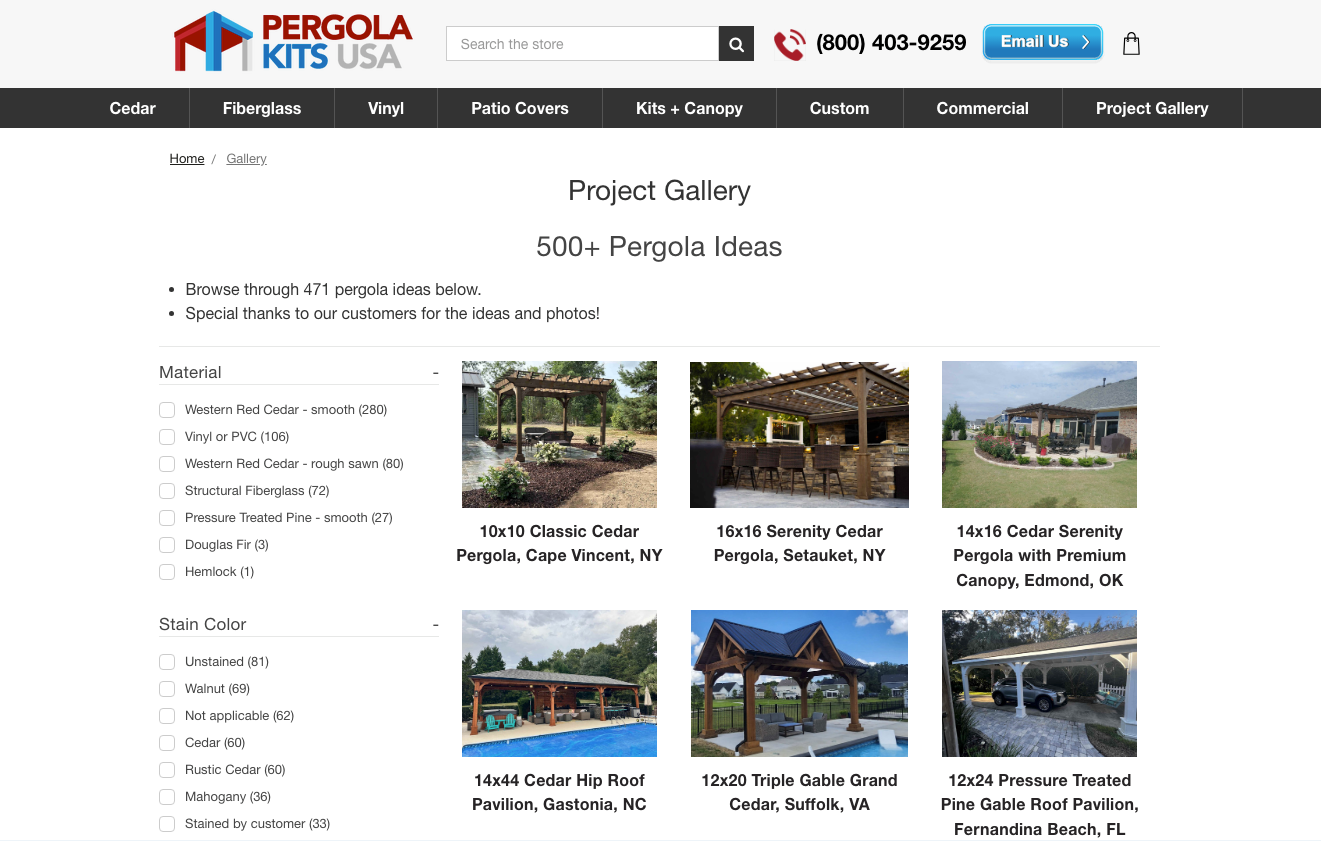


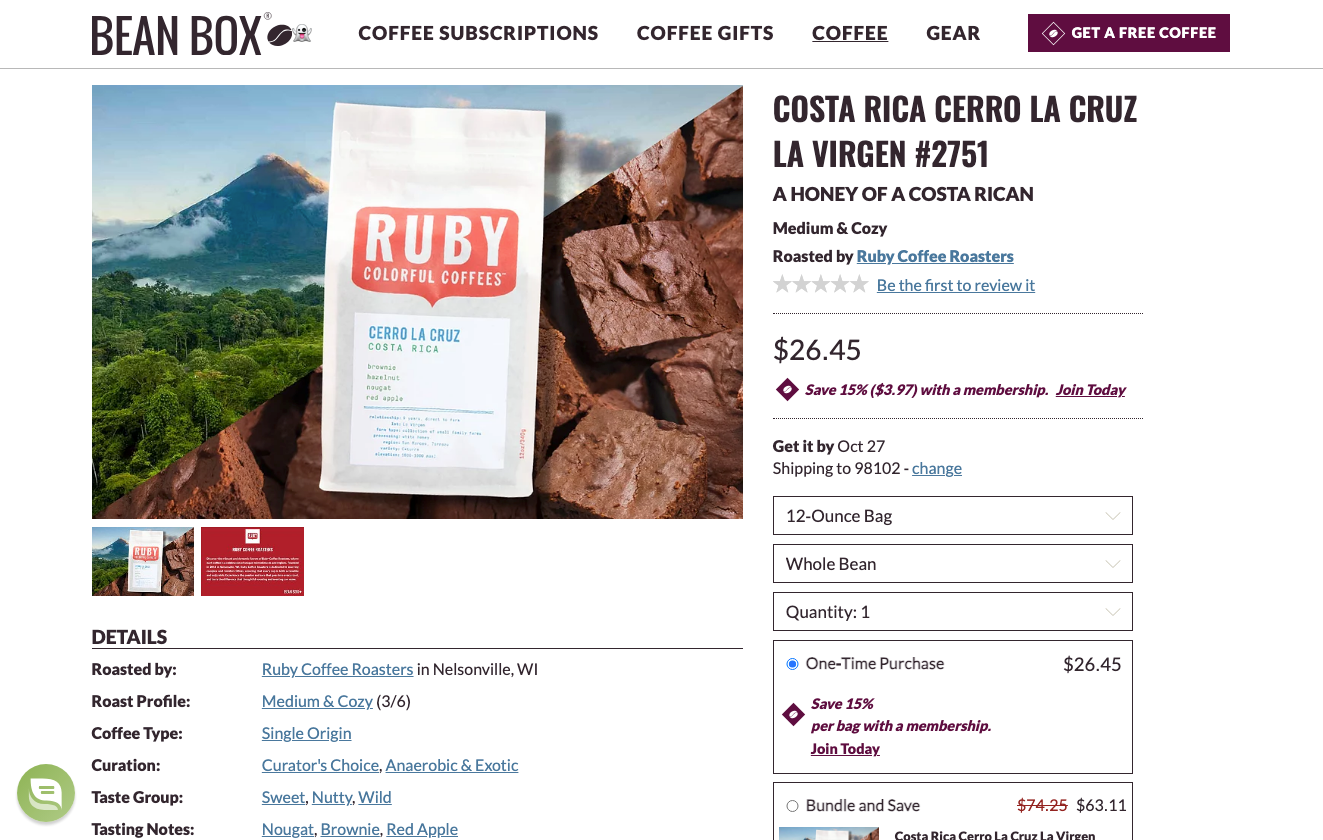
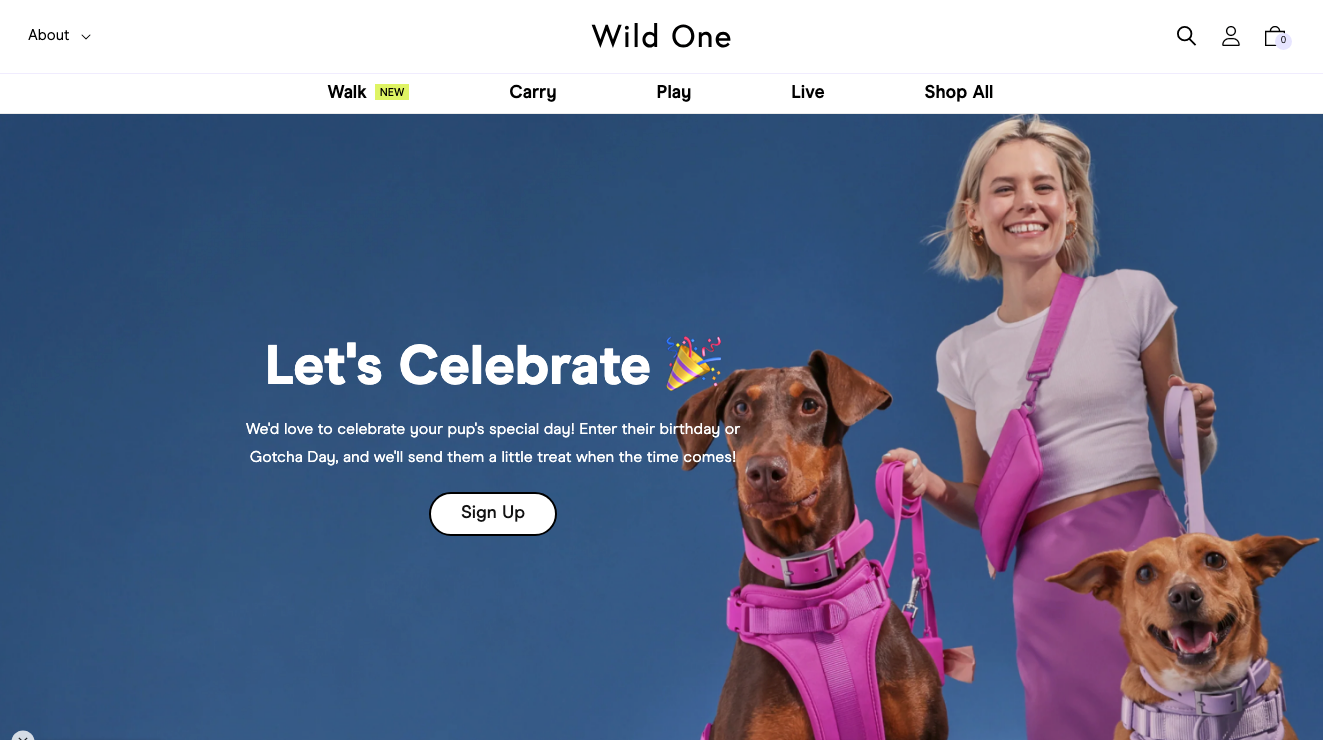
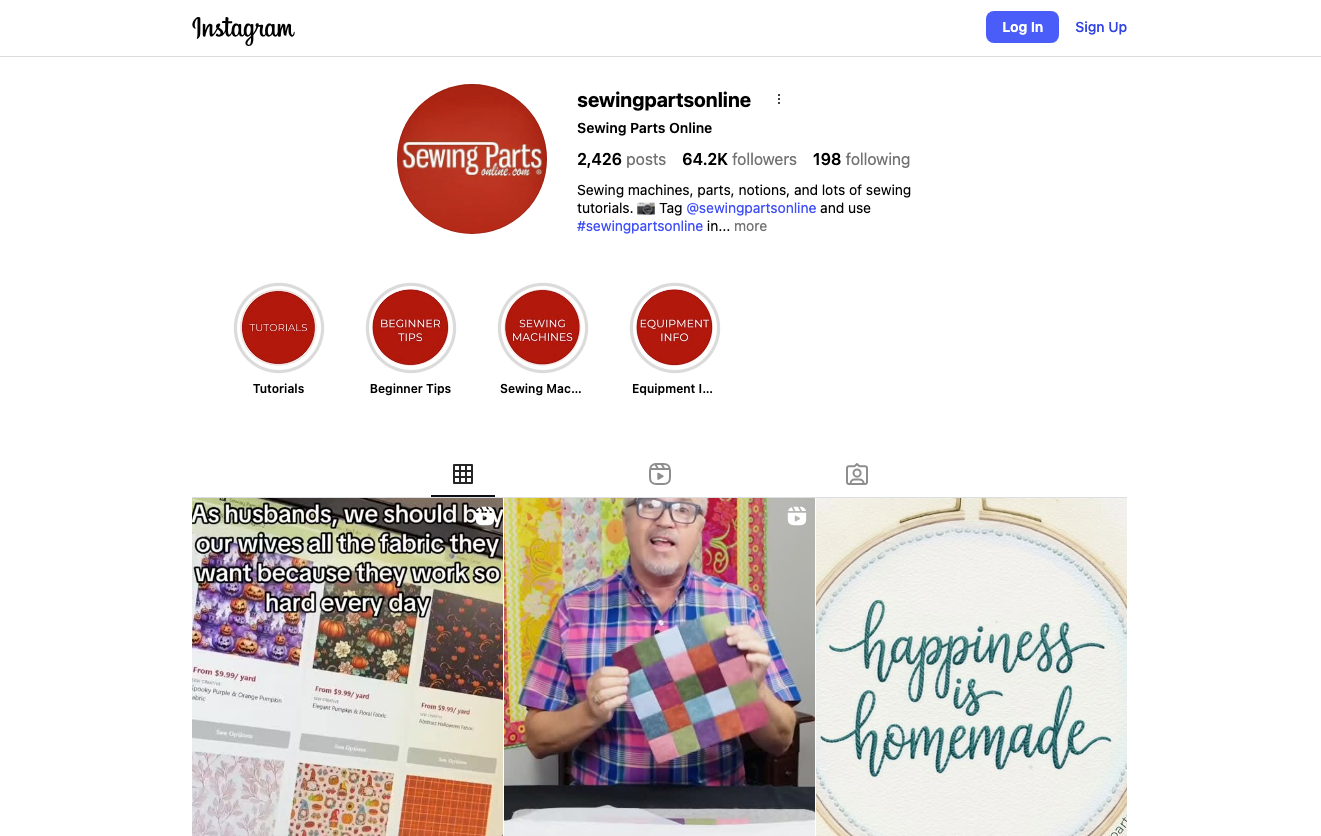
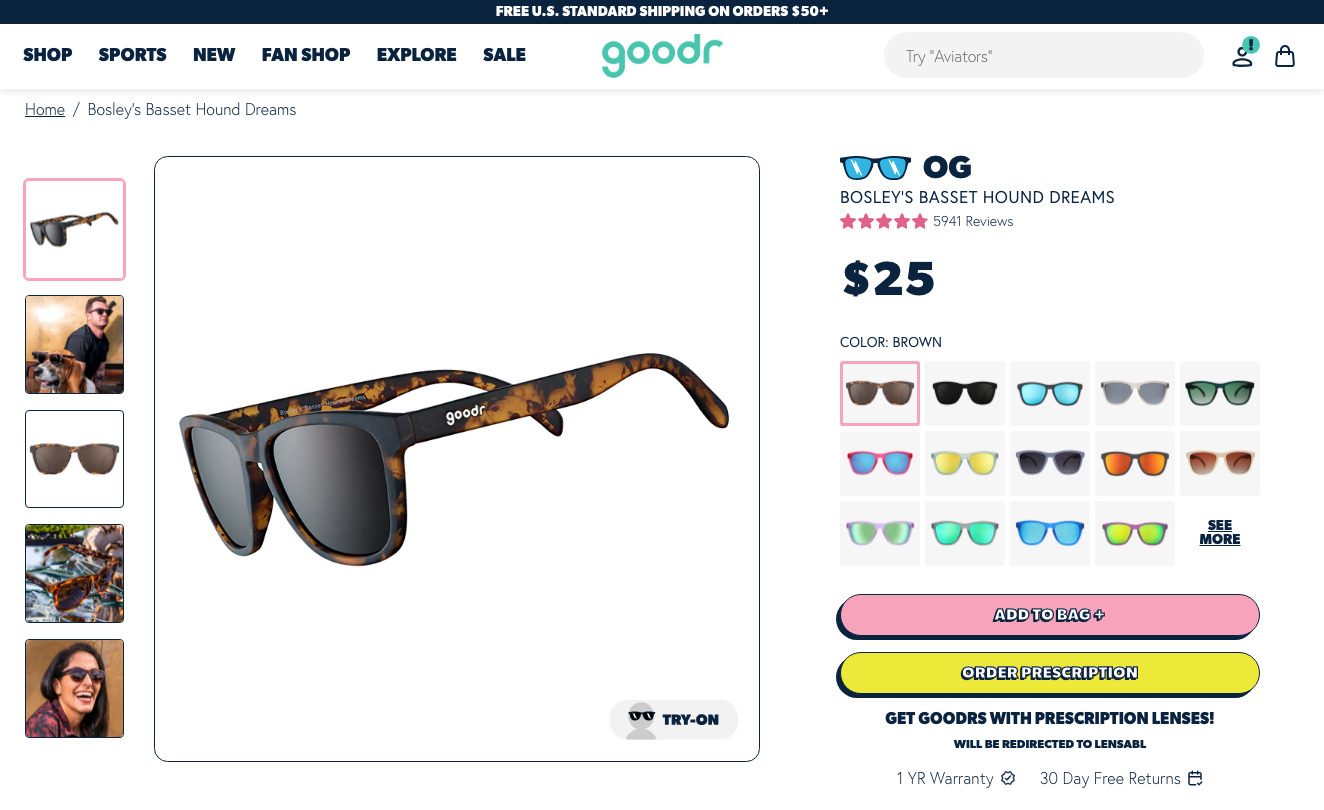
 Yes, great stuff!
Yes, great stuff! I’m not sure
I’m not sure No, doesn’t relate
No, doesn’t relate



